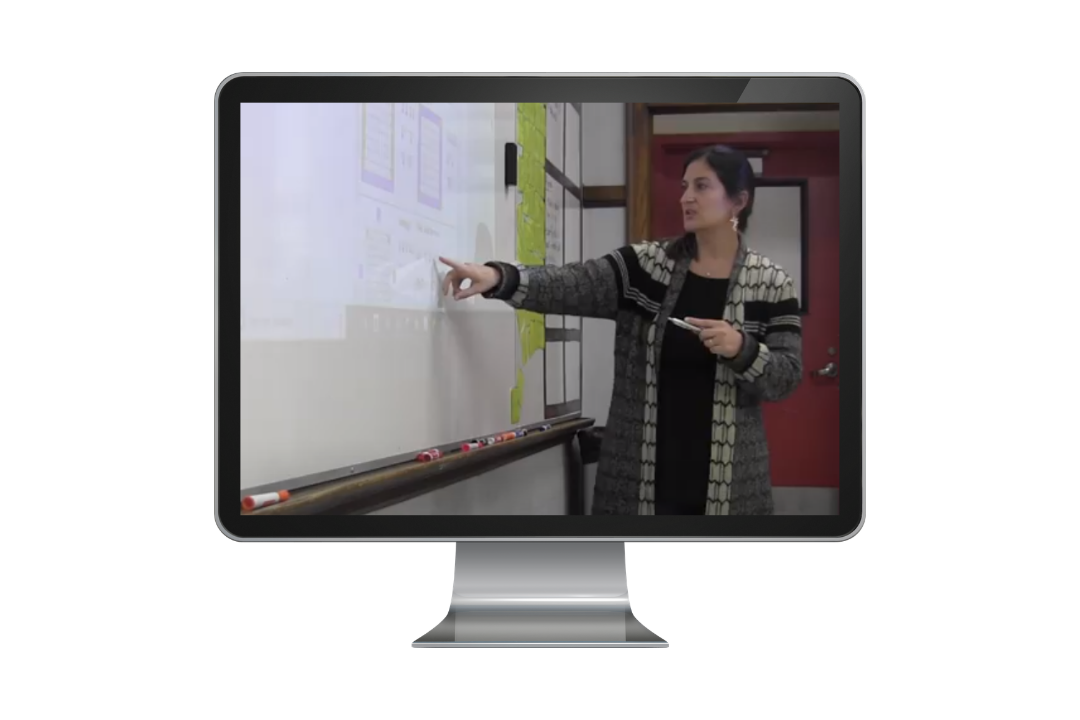
FEEL LIKE YOUR KIDS ARE BEHIND?

GET MY ENTIRELY FREE RESOURCE BUNDLE:
10 High-Impact Strategies & 'How To' Guides, Daily Planning Guide, & Deficit vs. Asset-Based Language in Math Chart
FEEL LIKE YOUR KIDS ARE BEHIND?

CUSTOM JAVASCRIPT / HTML
Description:
The language we use contributes to the results we have and the outcomes we see. While teaching students with unfinished learning, it’s even more important to be strengths-based and solution-focused. If you want to bring out the best in your students, build their confidence in math, and help them achieve their highest potential, it starts with the language you use. Asset-based language empowers students while deficit-based thinking reveals limiting beliefs and low expectations. Both can lead to inequitable teaching practices which increases the opportunity gap. In this episode, l share 12 phrases in need of an asset-based language makeover to help you catch and replace deficit thinking you may have related to math teaching and learning.
Summary & Highlights:
In this episode, Chrissy shares information about how teacher mindsets and language influence students’ success in math, including:
- an example from her own childhood showing the negative impact of deficit language
-
why it’s important we use empowering language in the classroom and how our beliefs impact student outcomes
-
Robert Rosenthal’s 1964 experiment showing the impact of teachers’ beliefs on student performance
-
two illustrations of how teachers’ beliefs become a self fulfilling prophecy, one positive and one negative
-
12 deficit-based statements and how they can be rewritten using asset-based language
Resource Links:
Deficit vs. Asset-Based Language Chart - included as part of the Increase Access Resource Bundle

